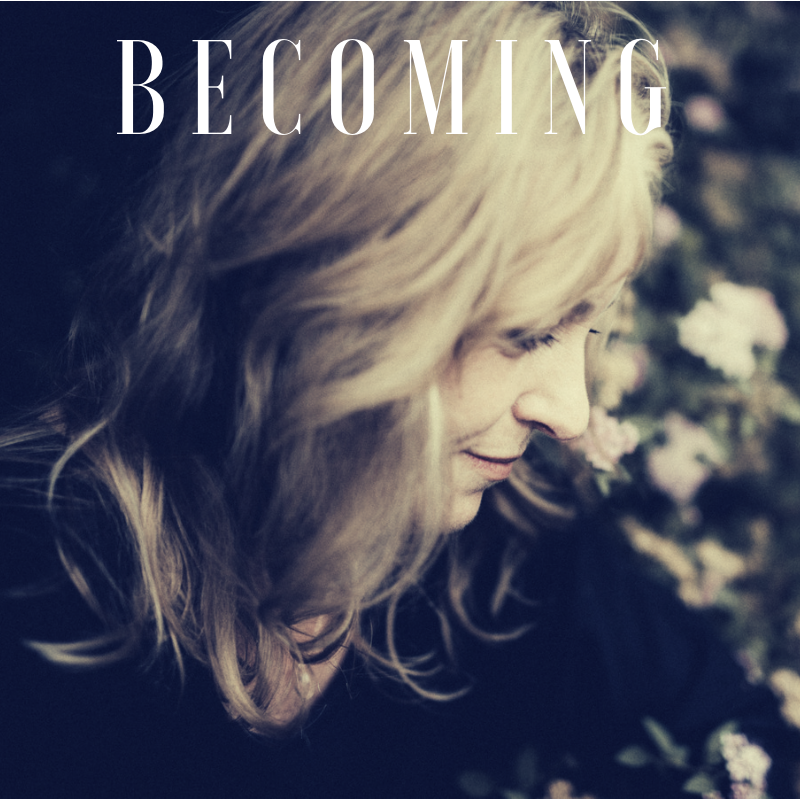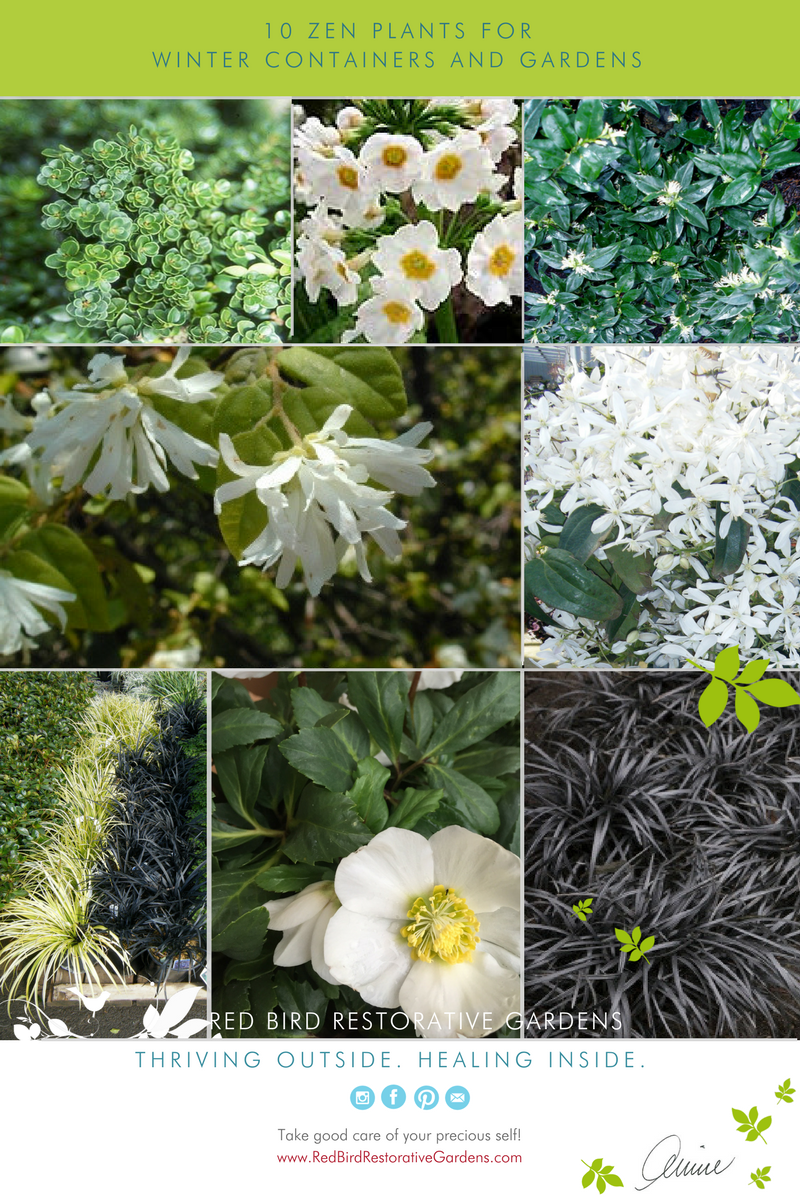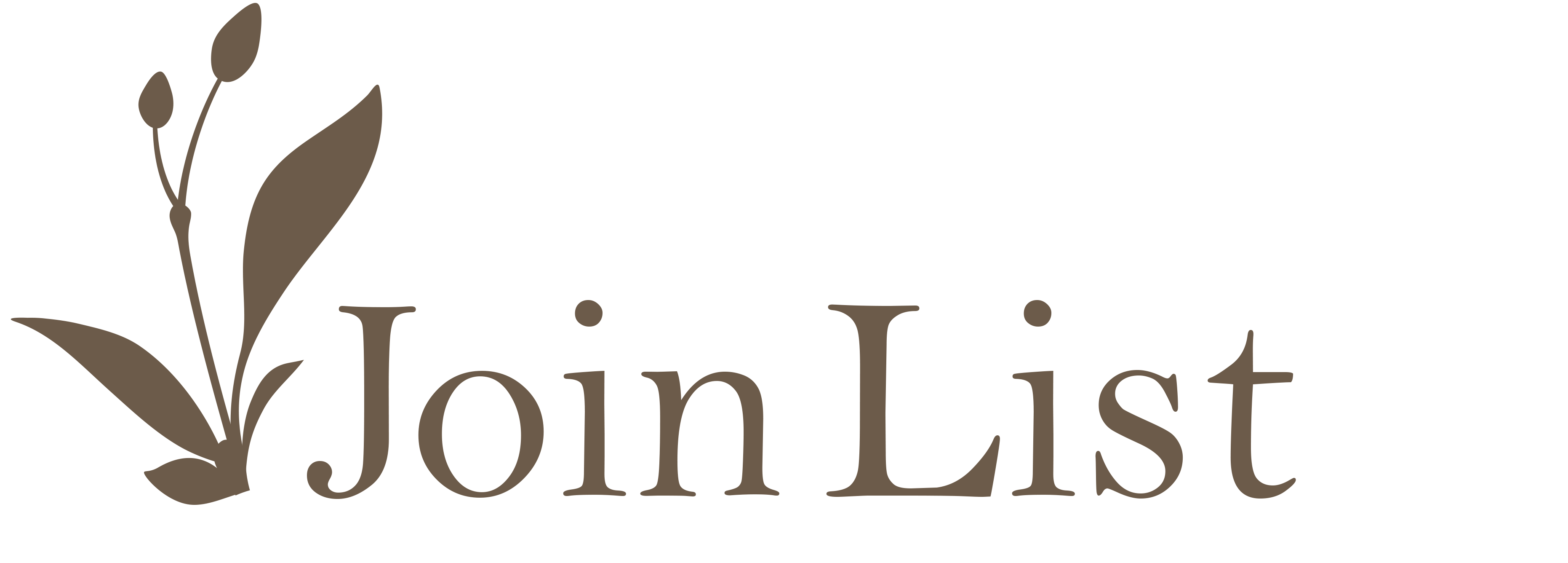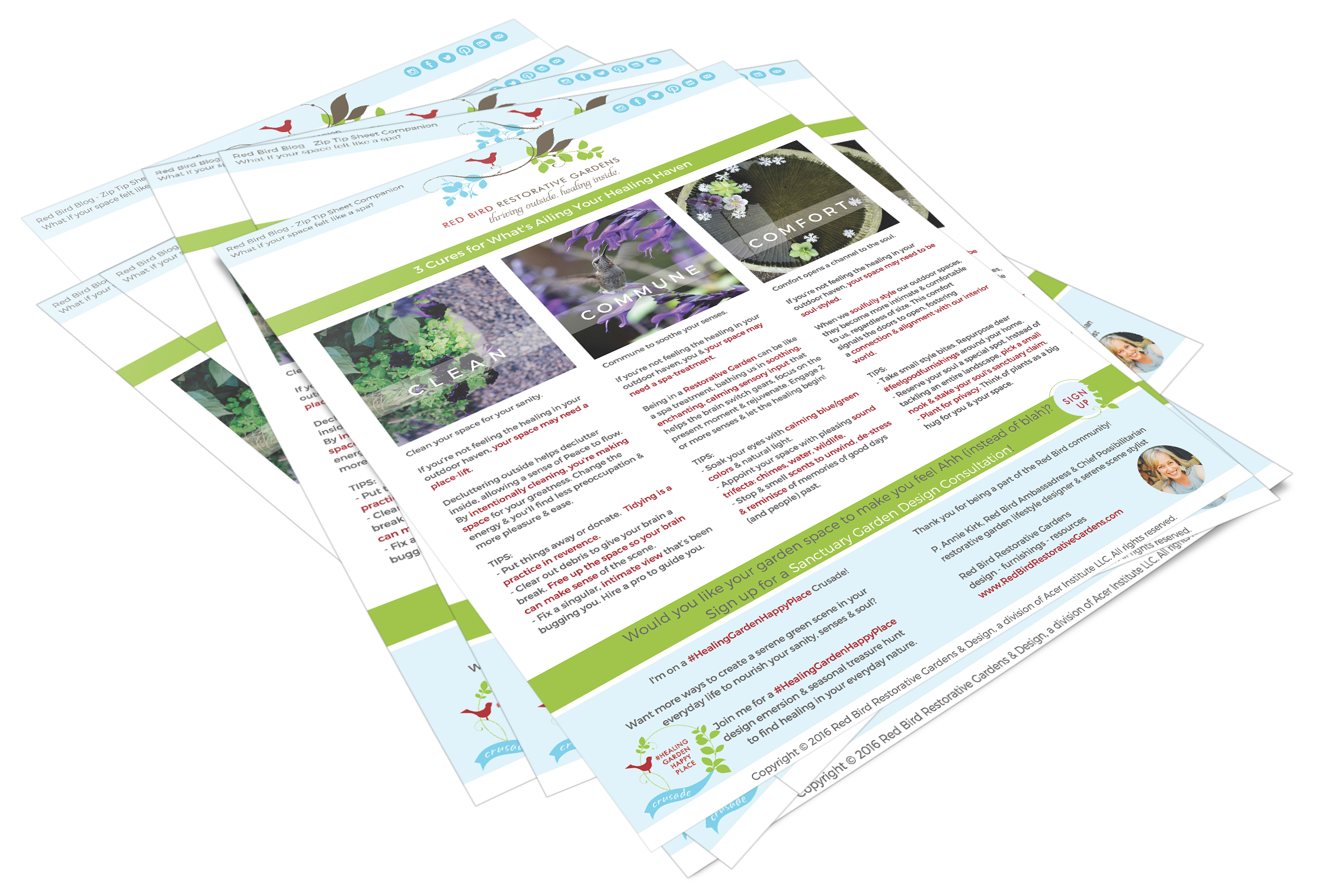
At 3:27 am last Friday morning, I woke and sat straight up in bed, asking “What’s Michelle Obama’s book called?”
In November of 2018, my coach Jim Fortin asked challenged us to do something beyond our comfort zone. There was a list of which all but one bored me. I’ve hugged strangers, laid down in public, test-driven expensive cars. I’ve been kissed by a giraffe (wait, that wasn’t on the list).
What made me most, deeply, throw-up-feeling-ish, avoidant, “scared” – plainly uncomfortable was to share, publically, my deepest fear.
Think about that for a hot sec.
Deep, deep, deep profoundly aching fear. What is that? Or better yet, can I even get to it, particularly without over-intellectualizing?
I spent days in mind and heart going through what felt like the biggest card catalog (I know, dates me as a pre-internet library-studying student):
Being abandoned. Nope.
Being abused. Nope.
Being poor. Nope.
Dying/death. Nah.
Guns. A little, but a different topic.
Trapped in a small, confining, dark space. Eew. Maybe.
There! That *pinged* a strong resonance… The trapped thing. Stuck. Never getting out. Not being able to move. Stagnant. EEW.
Not BEing able to BE FREE. Not evolving.
Not BEing about to SEE.
NOT BEING FREE TO BECOME more than a tight, constricted, small sense of myself.
Because of circumstance, perceptions, habits,
My deepest fear was not BECOMING.
Not BECOMING the vision that I’ve seen for myself for a very, very, very long time.
Why? That’s a natural question to ask.
But wait…
Why what? Why the fear or why haven’t I “
Both equally good questions.
And on that November day, while wearing my stripped Carhartt hat (it is such a comfort cap), I told my coaching
Each time I felt a sense of EXPANSION because I. Took. Responsibility.
And once again, there was that reminder that I am the bravest person I know – to BE. With each outing of BEing, I was RESTORING the landscape of MEing.
And on that November day, my 2019 word was gifted to me: BECOMING.
Becoming to me is about risking all the comforts to EVOLVE. It’s about dropping or questioning all that I’ve known in order to strip away the false, no-longer-serving “truths” to just BE. To become the fullest, most aligned,
COUNT ME IN!
Welcome to my BEcoming season.
There is a season for wildness and a season for settledness, and this is neither. This season is about becoming. – Shauna Niequist
“But wait!” Demands logical brain as it reaches for the brake lever and sounds the chitter chatter crap-ola alarm of “new territory alert”.
“How can you possibly take risks when you have so much responsibility? As a mother, care ambassadress, wife, friend, long-standing biz owner? What do you mean, BECOMING?
How’d I
Here’s a hint: I am becoming both wild and settled – at the same time – because I am my own RESTORATIVE LANDSCAPE, my own sacred, brave ecosystem, my very own Sanctuary – from the inside out.
How about you?
How are you designing your BECOMING?
Stay tuned for my next quarterly ezine on designing BEcoming. Make sure to sign up for my newsletter to follow along and be the first to know when the next issue of the emagazine is on the stacks!
Yes, some of the vocab was created just for this creative writing project. It feels very becoming, don’t you think?













